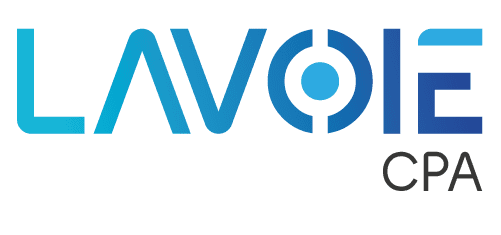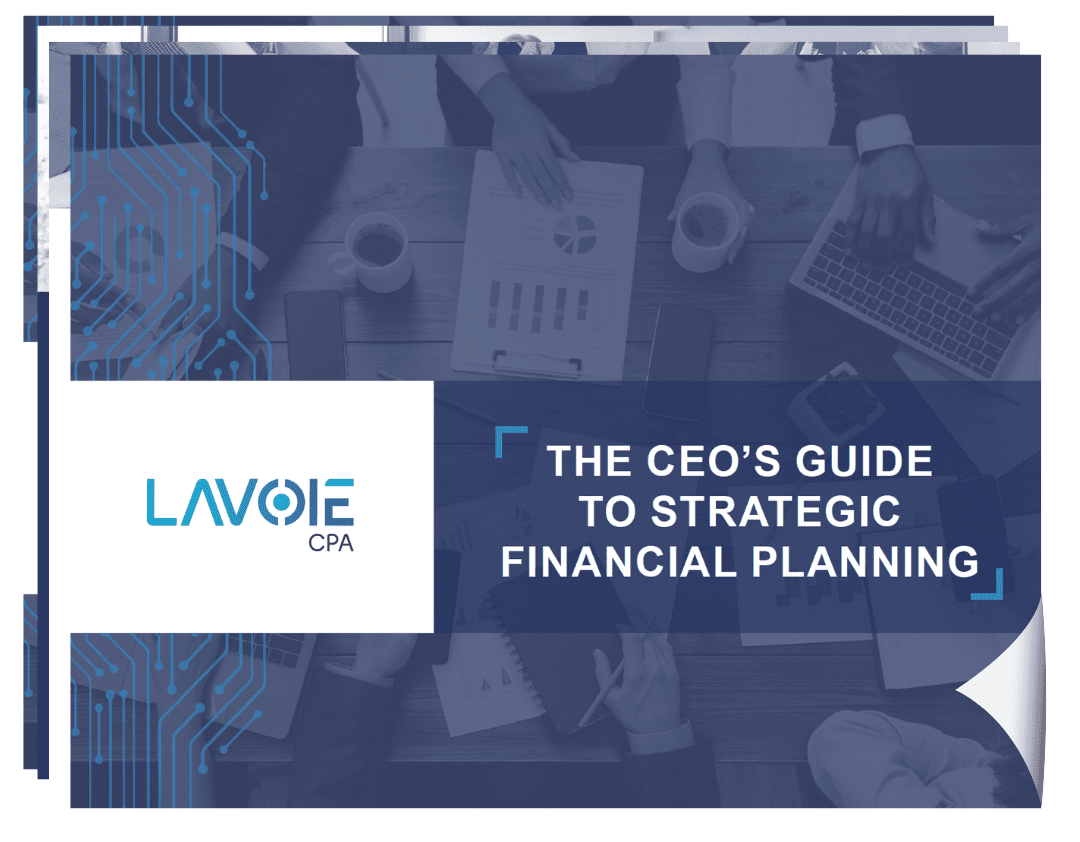
Lavoie + Bespoke Sports & Entertainment
Scale with Confidence
Discover how Bespoke Sports & Entertainment leveraged strategic financial planning to become an award-winning powerhouse in just a few years. Learn actionable insights to scale your business effectively.

“It’s simple, Lavoie helped us create the infrastructure we needed. From setting up accounts payable and HR policies to recommending affordable technology, Sharai Lavoie and her team were there to give us the day to day insights we needed to keep cash flowing, flexibility to focus on sales, and proactive recommendations that enabled us to scale at the right pace.”
Mike Boykin, Bespoke’s CEO and Cofounder
Client
Bespoke Sports & Entertainment
Industry
Sports Marketing
In the high-stakes arena of sports and entertainment marketing, visionaries like Mike Boykin and Greg Busch of Bespoke Sports & Entertainment don’t just compete—they revolutionize. With over 50 years of combined industry experience and a roster of elite clients, Boykin and Busch knew that launching their Charlotte-based agency in 2014 would require more than just their proven expertise. To truly disrupt the market and compete with global giants, they needed a financial backbone as innovative as their marketing strategies. Enter Lavoie CPA, the catalyst that transformed Bespoke from a startup with potential into an award-winning powerhouse. This case study reveals how Lavoie’s tailored financial strategies became the hidden playmaker in Bespoke’s journey to the top of the sports marketing league.
The Client
Bespoke Sports & Entertainment, founded in 2014 in Charlotte, NC, is a sports and entertainment consulting and experiential marketing agency. They help brands select the right partnerships and maximize their sponsorship investment. With a collective of experienced marketers, Bespoke provides thoughtful senior-level counsel and custom marketing solutions tailored for individual brands.
The Challenges
As a new venture, Bespoke’s founders knew they needed more than just an accountant to supervise their financial stability. They required a financial strategist who could confidently run major investor meetings, take control of the company’s future, manage expenses, and augment human resource needs. To compete with some of the largest agencies in the world, they needed a foundation that included a roadmap for profitable growth while keeping the company’s vision and workforce top of mind.

The Solutions
Lavoie CPA stepped in to provide comprehensive financial support from day one. Their services covered a wide range of critical business functions, including supplementing fractional CFO duties and setting up essential financial processes like accounts payable and receivable. The Lavoie team took charge of human resource tasks such as onboarding new employees and running payroll, ensuring Bespoke could focus on their core business. Regular reporting on projections and cash flow provided valuable insights for decision-making, while operational technology recommendations and adoption streamlined processes. Perhaps most crucially, Lavoie CPA developed a living financial strategy critical for investor meetings, forecasting, and future loans, laying the groundwork for Bespoke’s continuous growth.
Successful Outcomes
With Lavoie CPA’s support, Bespoke was able to achieve significant milestones in their business development. They created the necessary infrastructure for growth, ensuring a solid foundation for their operations. The partnership enabled Bespoke to keep cash flowing effectively, maintaining the financial health of the company. This financial stability, combined with Lavoie’s handling of back-office tasks, allowed Bespoke’s team to maintain flexibility and focus on sales and client relationships. As a result, Bespoke was able to scale at the right pace, avoiding the pitfalls that often challenge new businesses. Moreover, the strategic financial roadmap developed by Lavoie provided a clear path for future growth, positioning Bespoke for long-term success in the competitive sports and entertainment marketing landscape.
In Summary
Bespoke Sports & Entertainment engaged Lavoie CPA to build a strong financial foundation from the ground up. This partnership allowed Bespoke’s founders to focus on their core business while Lavoie handled the critical financial and operational aspects necessary for success in the competitive sports and entertainment marketing landscape.
If you’d like to explore how Lavoie can help your business build a foundation for success, set up a consultation today.








